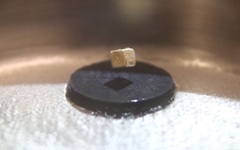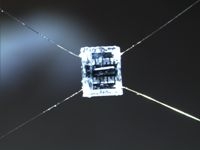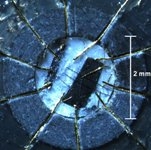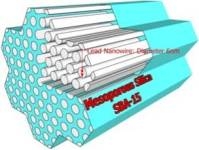Novel Superconducting Materials for Lossless Energy Transfer




Objective
Our aim is to fabricate novel superconducting materials with higher critical temperatures, critical magnetic fields or critical current densities with the long-term goal of integrating them in superconducting high magnetic field solenoids for a new generation of more powerful Nuclear Magnetic Resonance Imaging Devices.
Approach
We are starting from well-known bulk superconducting materials and modify their properties through controlled tailoring of the spatial arrangement of ultrathin nanowires in the form of closely-spaced arrays. These materials often show enhanced properties in the surface layer, which becomes of significant importance if the spatial dimensions are reduced down to a few nanometers.
Impact
Presently, the highest magnetic field a superconducting electromagnet can generate is ~21 T. This limits the resolution of contemporary nuclear magnetic resonance imaging devices. We are trying to overcome this limitation by tailoring novel superconducting materials, which can produce higher magnetic fields. This will boost the development of new ultra-high-resolution NMR devices.
Contact
Rolf Walter LORTZ, Professor of Physics
Email: lortz@ust.hk